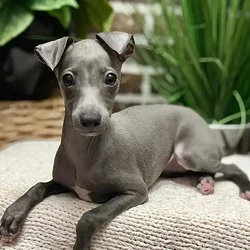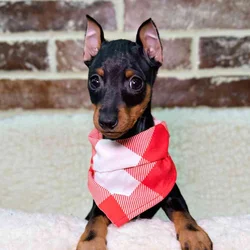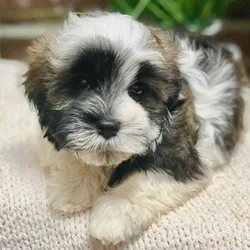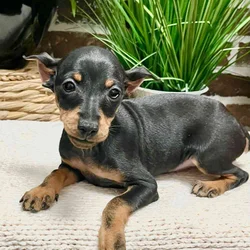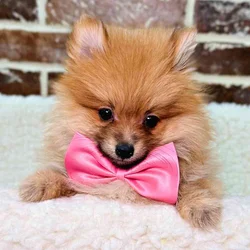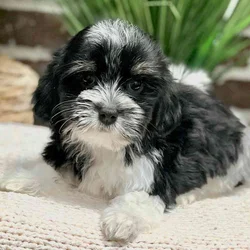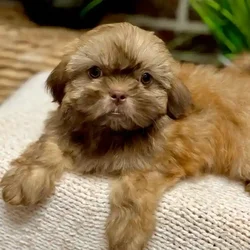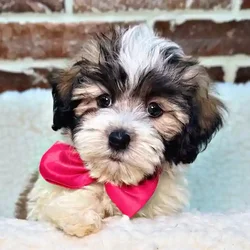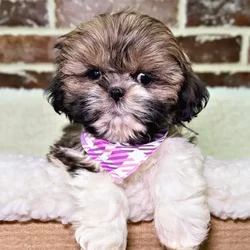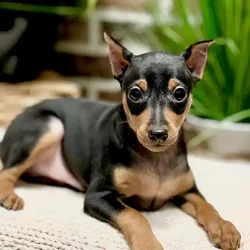Italian Greyhound
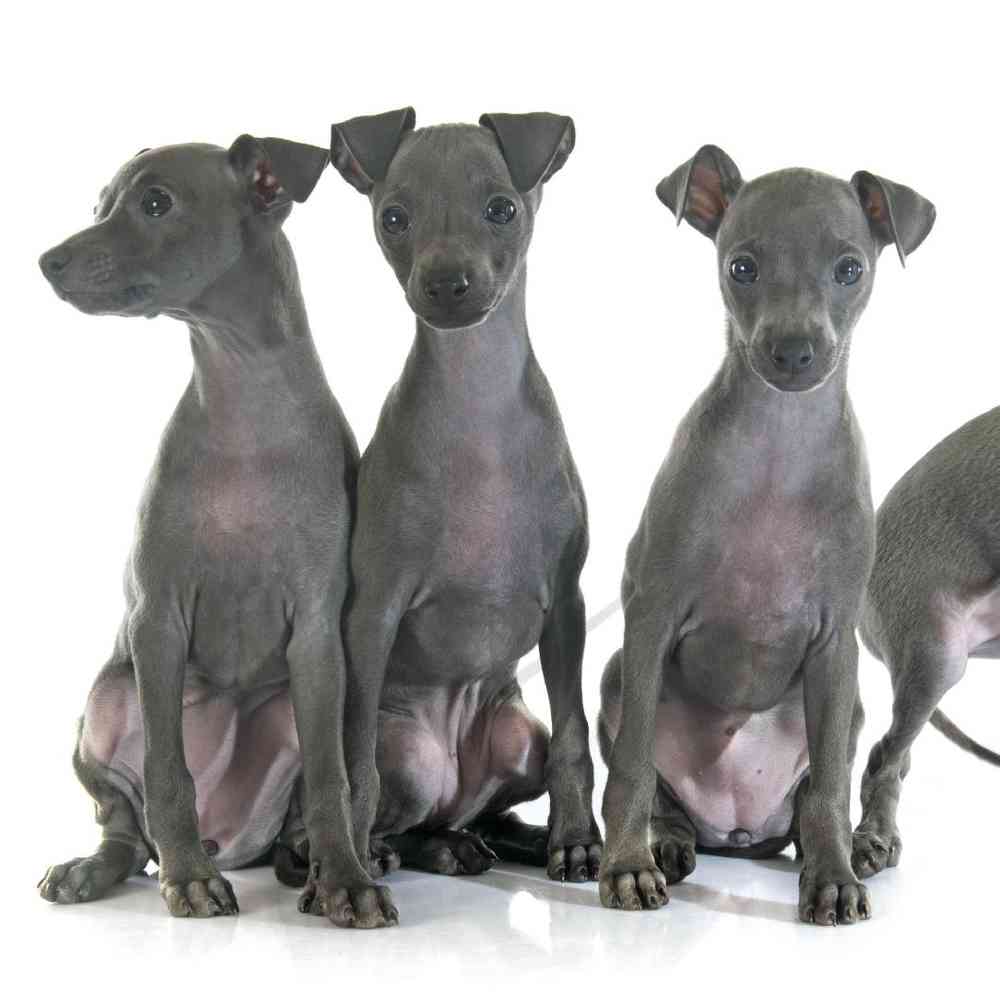
A true Greyhound in miniature, the elegant Italian Greyhound is an alert, playful, and highly affectionate toy companion. IGs make decorative couch dogs, but at heart they are flash-and-dash coursing hounds with an instinct for pursuit.

Want to know more about Italian Greyhound ?
Breed Traits
General Appearance
The Italian Greyhound is very similar to the Greyhound, but much smaller and more slender in all proportions and of ideal elegance and grace
Head
Neck
Body
Forequarters
Hindquarters
Feet
Tail
Coat
Color
Size
Gait
Disqualifications
Group
Toy
Temperament
About
History
Standard
Nutrition
Grooming
Exercise
Training
Health
Available Puppies
Similar Puppies



